As the CEO and company owner, Senator h. c. Peter Schaufler managed BITZER for 36 years, shaping the company’s fate decisively. When he took charge in 1979, the company was generating sales of 30 million marks. Over the next few years, Peter Schaufler was highly successful in gradually transforming BITZER into a global player in the refrigeration and air-conditioning industry. With its 52 subsidiaries, 16 manufacturing sites and around 3,500 employees, the BITZER Group generated sales of €740 million in 2017. Besides his entrepreneurial duties, Peter Schaufler’s life was influenced mainly by his passion for art and his sense of social responsibility.
‘One of the’ foundation’s central responsibilities is to maintain BITZER as an independent company.’
Ingo Smit
Chairman of the Management Board of THE SCHAUFLER FOUNDATION
Assuming responsibility for the future
The fact that Peter Schaufler’s contributions as the owner of BITZER live on even after his death is a testament to his high expectations: he and his wife Christiane Schaufler-Münch established THE SCHAUFLER FOUNDATION in 2005. Today, it and Ms Schaufler-Münch hold all of the shares in BITZER SE. ‘For my husband and me, the foundation is and has always been our way of ensuring the independence of BITZER in the long term. It’s important that BITZER should remain in one set of hands – even when we’re no longer around.’ This is how Ms Schaufler-Münch describes the role of the foundation as the future sole shareholder of BITZER SE, which will guarantee the independence and autonomy of the company. The most important thing to Mr and Ms Schaufler was to preserve the special character of the family-run company with its great responsibility towards its employees and customers in the long term. These fundamental concepts and the objective of long-term independence are embedded firmly in the charter of the foundation. The members of the boards of the foundation – the Boards of Management and Trustees – therefore ensure that THE SCHAUFLER FOUNDATION achieves these objectives for its founding couple.
14,000
people visit SCHAUWERK Sindelfingen every year
The people behind the foundation
THE SCHAUFLER FOUNDATION has a Management Board of three who manage the foundation’s business. The Chairman is Ingo Smit, who as the former Director of Human Resources at BITZER SE knows the company inside and out. Another former employee of BITZER SE is Ingrid Bossert-Spiegelhalder, who used to be in charge of group finance as Director of the Treasury. Barbara Bergmann has a completely different background, and has been managing SCHAUWERK Sindelfingen since 2010. The museum director is an art historian with an extensive network in the art industry who, working with her team, organises fascinating exhibitions from the private collection of the Schaufler couple, which attract audiences from region to region.
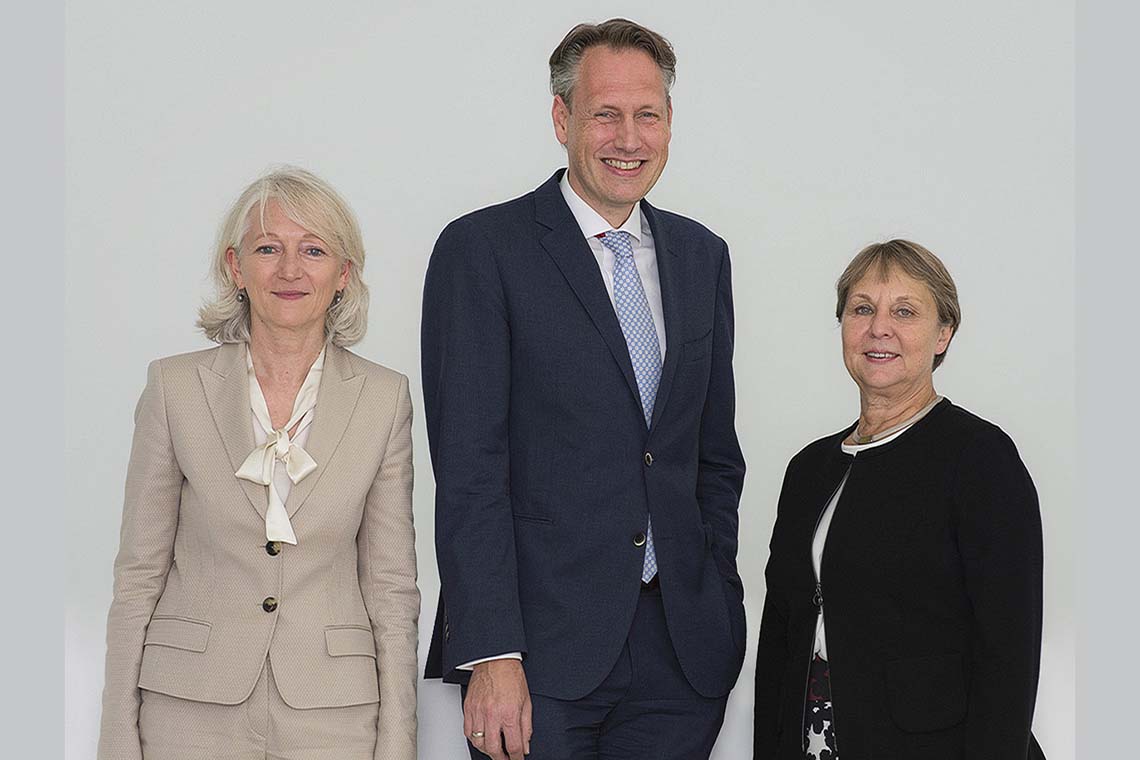
Christiane Schaufler-Münch is Chairwoman of the foundation’s Board of Trustees, which serves as a steering and supervisory committee. She is supported by the former Senior Vice President Design MERCEDES Professor h. c. Peter Pfeiffer, the Director of the Osthaus Museum in Hagen Dr Tayfun Belgin, the Managing Director of Südwestmetall Marion Johannsen and Professor Hans Quack, who holds a PhD in engineering and is a retired professor of refrigeration technology at the TU Dresden.
The foundation’s responsibilities
The founders of the foundation were not only focused on entrepreneurial aspects, however. The interests of the Schaufler couple were highly diverse. The foundation was not limited to being a shareholder in the BITZER Group. The couple passed two other points of focus for the purpose of the foundation on to the team: ‘To promote the contemporary art that is so well represented in the collection of the Schaufler couple at the SCHAUWERK Sindelfingen museum and to support science, research and work placements.’
The museum boasts
6,000
square metres of exhibition space
A museum for all
The figures for the museum built in the former BITZER production facilities in Sindelfingen are impressive: since it opened its doors on 11 June 2010, some 14,000 visitors flock to SCHAUWERK Sindelfingen every year. With around 6,000 square metres of exhibition space, there is more than enough room for ambitious projects. The space literally shows the works of art in the right light, thanks to Barbara Bergmann, who, with her team, has been responsible for SCHAUWERK Sindelfingen since its inception. Over the past eight years, they have managed time and again to transform the Schaufler collection into exciting exhibitions which appeal to patrons and address contemporary topics in a whole new coherent way. Thanks to the museum’s exceptional reputation, SCHAUWERK Sindelfingen is now well connected in the art scene. Alongside the quality works of the Schaufler collection, the museum team integrates exhibits lent from public or private owners into its exhibitions. ‘We as the museum employees are, of course, all delighted with the success,’ says Barbara Bergmann, Director of SCHAUWERK Sindelfingen. ‘We consider ourselves open to people of all ages and highly value the propagation of art. Our programme includes special tours for children, school pupils and seniors. Our special offers for people with mental or physical disabilities and for people suffering the effects of dementia are an innovative concept.’ For this commitment, SCHAUWERK Sindelfingen received the Lotto-Museumspreis Baden-Württemberg award in 2017. The jury thus acknowledged the museum for its unique dedication to the values outlined in the tender text for ‘outstanding exhibition concepts, new productions, educational museum concepts’.
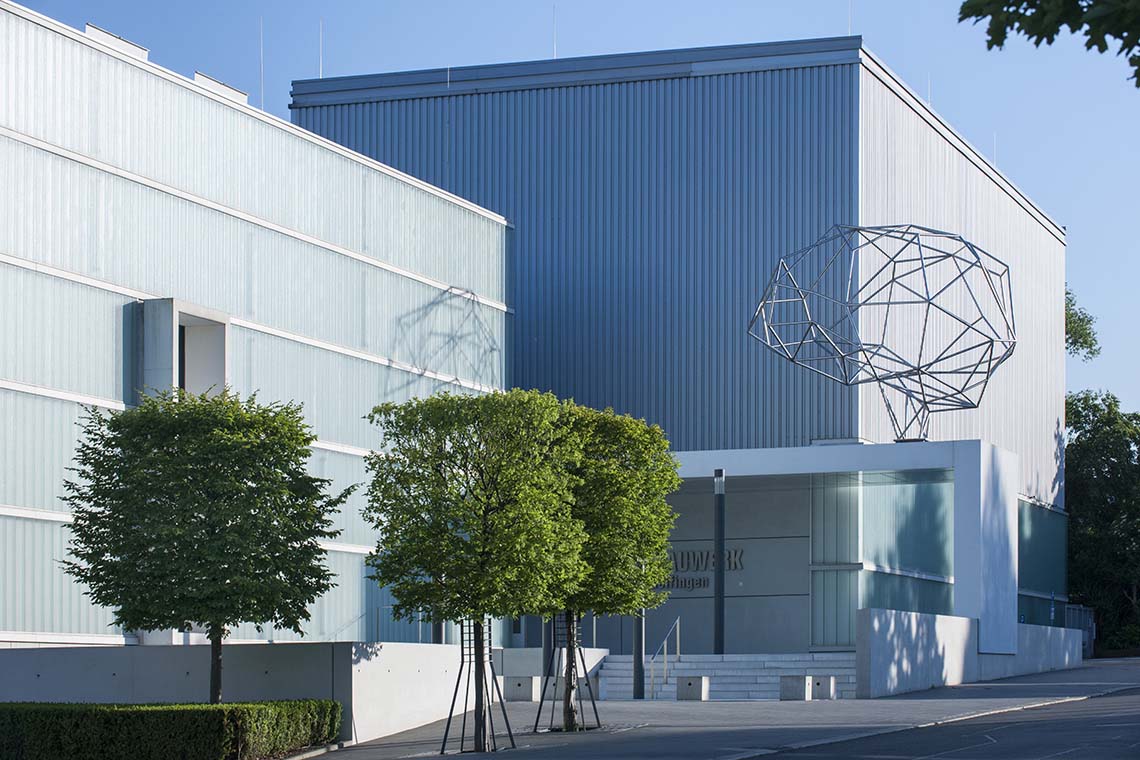
A modern sculptor – Antony Gormley
A highlight of the collection with its more than 3,000 individual pieces is Antony Gormley’s extensive accumulation of sculptures. The British artist is one of the most significant contemporary sculptors and his works have featured in the art section of the German A levels in Baden-Württemberg since 2014. ‘That’s a stroke of luck for us, as we immediately used this as an opportunity to begin offering special tours and workshops for school classes in October of the same year. More than 50 school classes have already taken advantage of this offer. What could be better than letting curious young people experience art?’ asks Barbara Bergmann.
Current exhibitions
The following exhibitions can currently be seen at SCHAUWERK Sindelfingen:
- PINC KOMMT! RUPPRECHT GEIGER (until 16 September 2018)
- SABRINA HAUNSPERG. 2008–2018 WORKS (until 20 January 2019)
- LICHTEMPFINDLICH 2: PHOTOGRAPHY FROM THE SCHAUFLER COLLECTION (until 6 January 2020)
Investing in the future
THE SCHAUFLER FOUNDATION has also been a reliable partner to three renowned German universities for many years: the TU Dresden, Karlsruhe University of Applied Sciences and the University of Stuttgart. ‘Due to our areas of expertise, we have a very close relationship with the TU Dresden. As the Chair in Refrigeration, Cryo and Compressor Technology was still being discussed around ten years ago, the foundation stepped in and financed it from 2009 to 2015,’ says Ingo Smit. ‘As a leading manufacturer of refrigeration compressors, it was immediately clear to us and Mr Schaufler that this professorship in refrigeration technology that is so rare in Germany has to be preserved. We invested around €1 million in the project at that time. The TU Dresden now firmly believes in the importance of the chair and has been financing it with its own resources since 2015.’ Still, the foundation and BITZER continue to be closely connected to the faculty, which is not only the result of the many former students who now work for BITZER. THE SCHAUFLER FOUNDATION is currently funding the post-doctoral position in the chair occupied by Dr Christiane Thomas as well as research projects in refrigeration and air-conditioning. The company has also supported the international ‘Future Refrigeration and Compressor Technologies’ graduate programme, in which 14 doctoral students from six countries are taking part, as well as the ‘International Refrigeration and Compressor Course’ summer school for over five years.
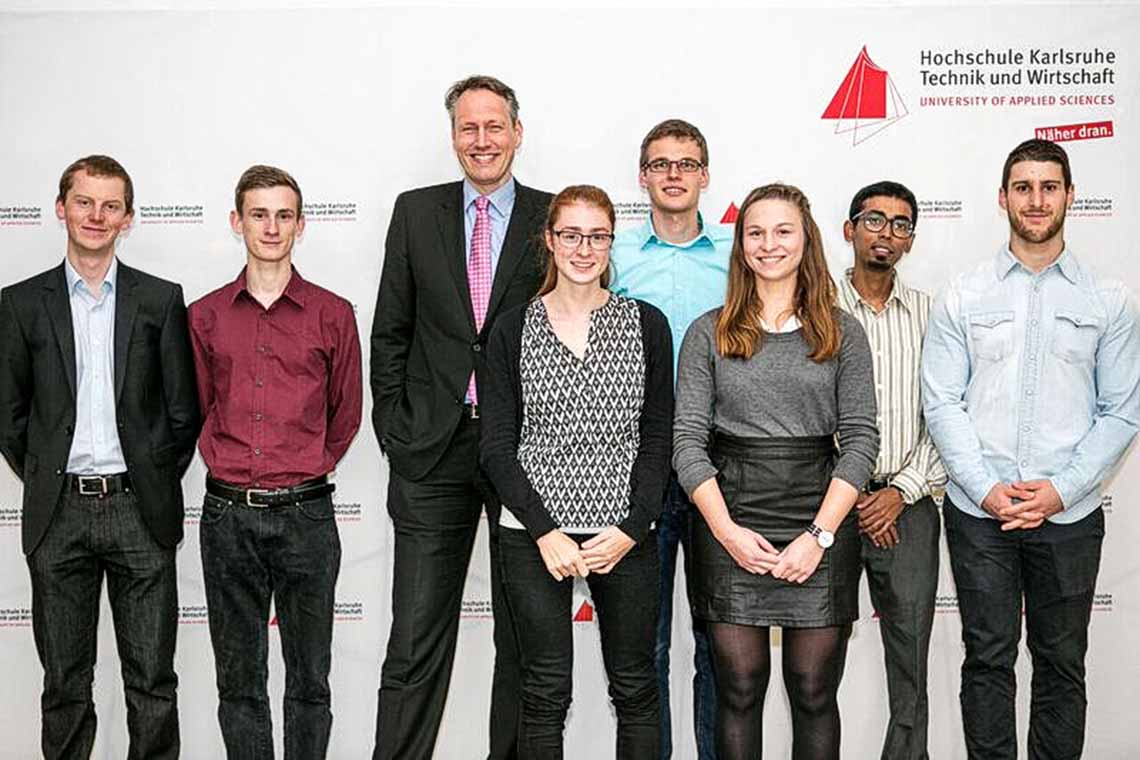
Another long-term project of THE SCHAUFLER FOUNDATION is the establishment of a chair for compressor technology at Karlsruhe University of Applied Sciences. ‘The newly created chair might even begin its work this year, focusing primarily on refrigeration and process applications,’ says Smit. ‘The E-CampUS project has also been running since 2017 in collaboration with the University of Stuttgart and the Institute of Energy Economics and Rational Energy Use (IER). There’s also the Graduate and Research School for Energy Efficiency Stuttgart (GREES), which we’re supporting with a PhD position and which primarily addresses the challenges of refrigeration and air-conditioning in developing countries.’
The foundation has been supporting exceptional, committed students since 2011 with the Germany Scholarship. Currently, 25 students from the universities of Dresden and Stuttgart and Karlsruhe University of Applied Sciences are receiving €300 each month – financed in equal part by THE SCHAUFLER FOUNDATION and the German government. ‘We want to contribute to Germany as a place of education and, at the same time, invest in the futures of young people. And that’s just the most important project. We also support a variety of associations and other foundations with their work,’ says Ingo Smit.


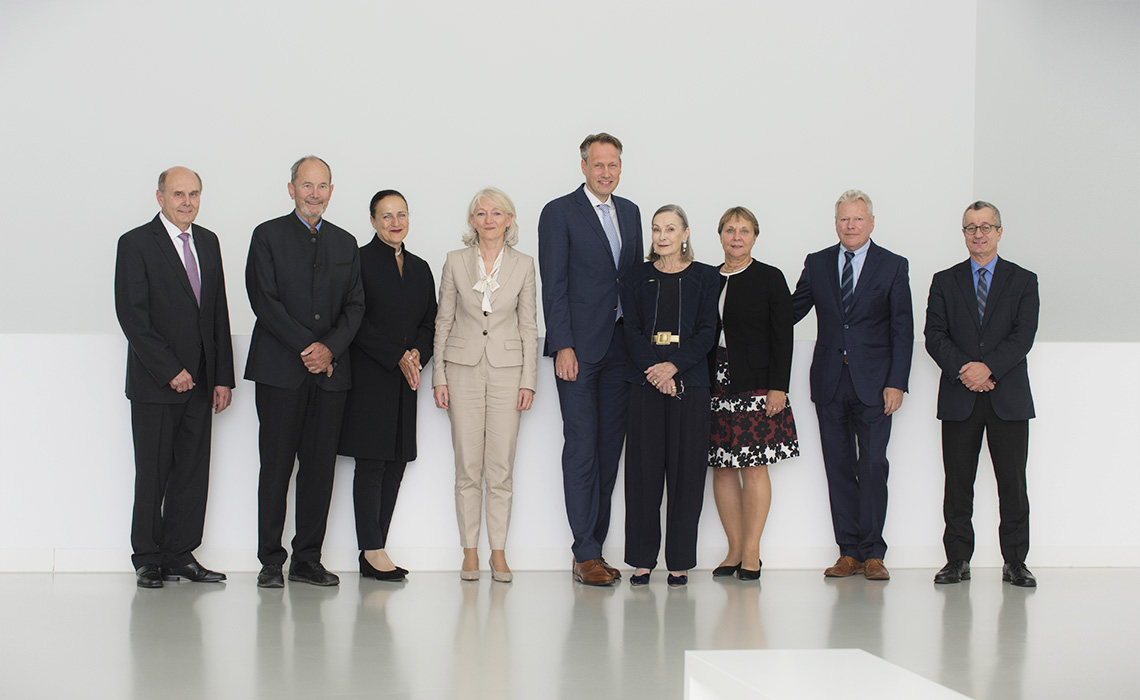
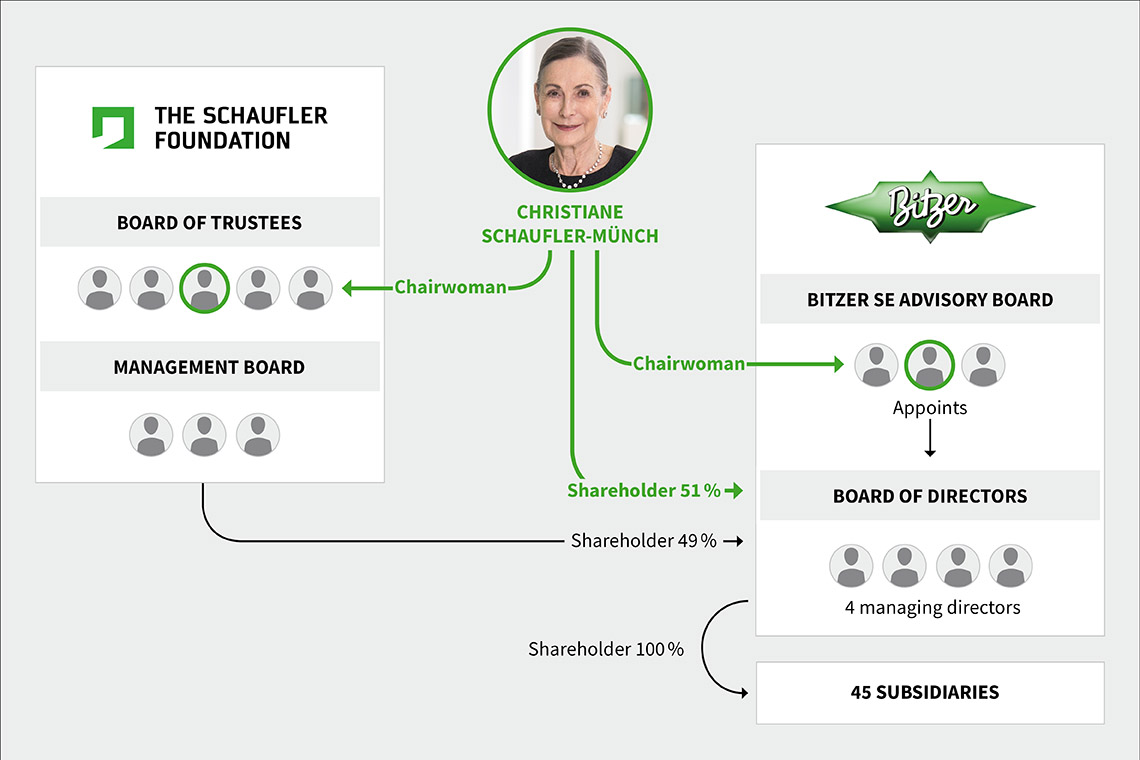
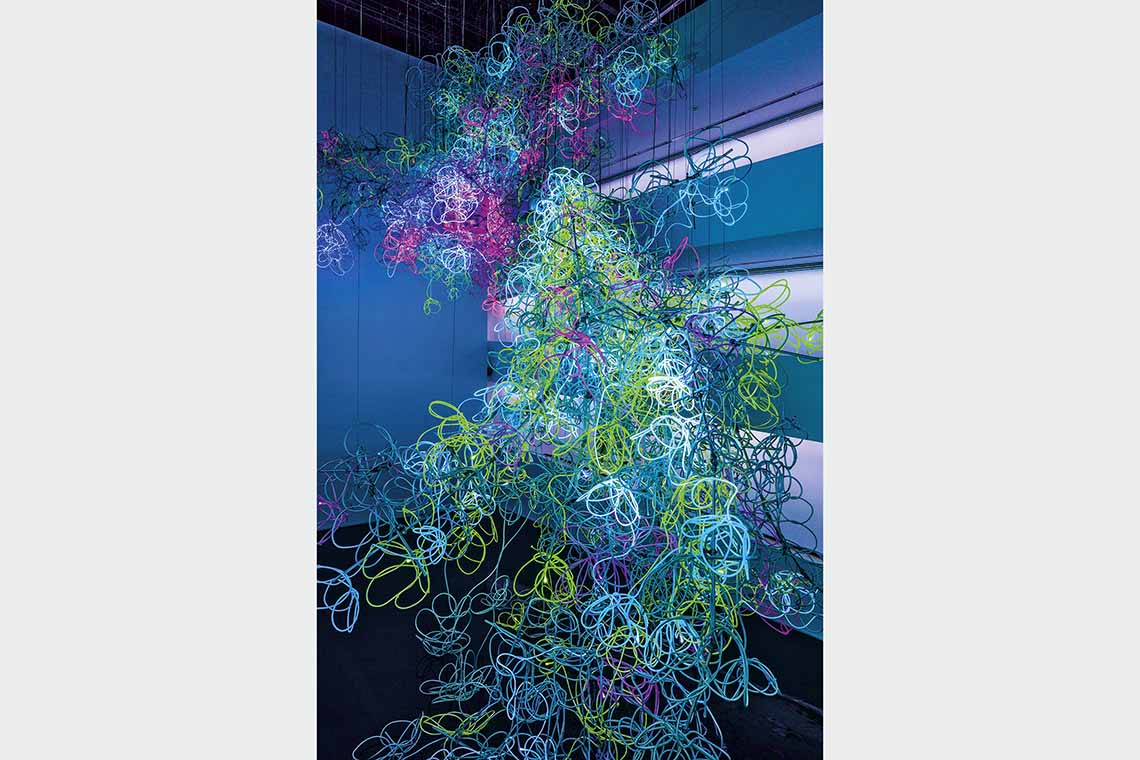

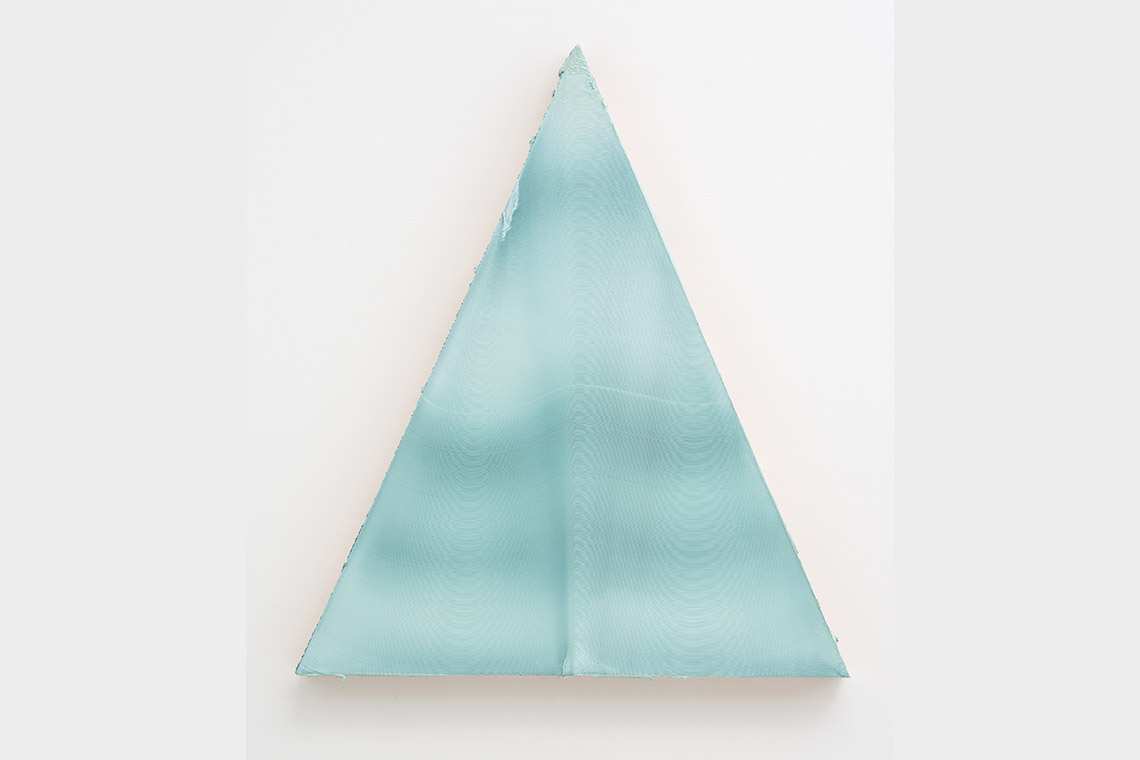
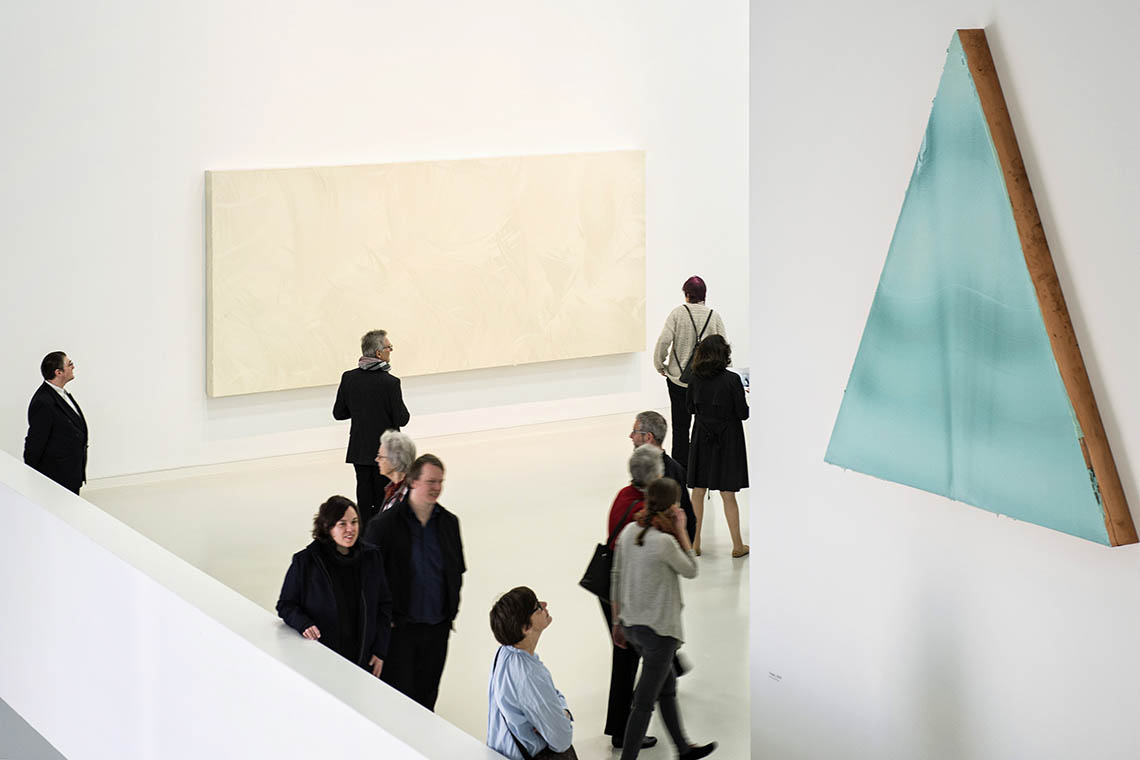
1 Comment
Comments are closed.